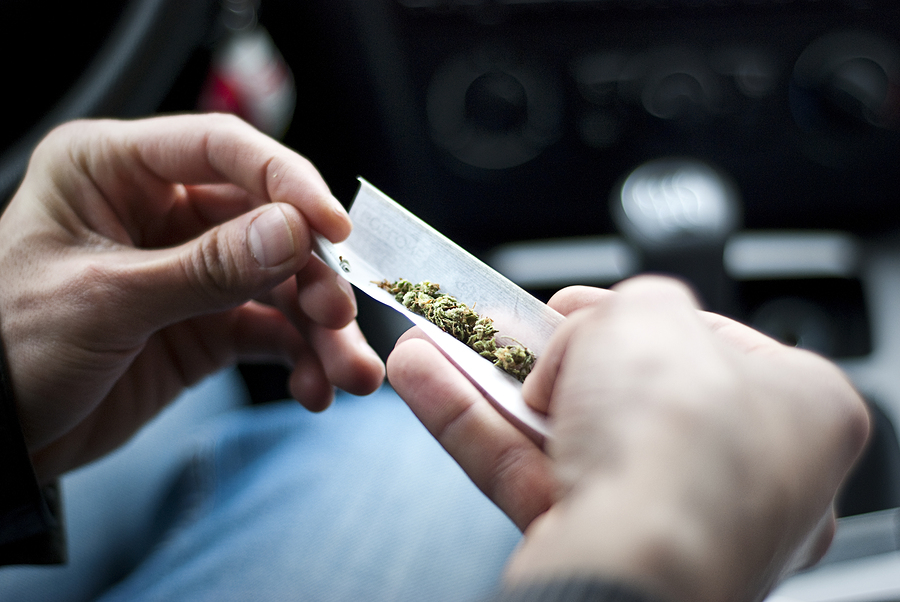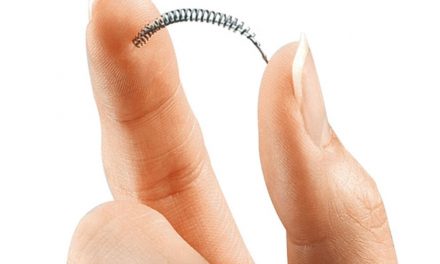According to a recent report from the Nevada Department of Public Safety, deaths from traffic accidents in Nevada have dropped by over 10 percent in the first year that marijuana was legalized in the state for recreational use.
Prior to legalization in Nevada, between July 2016 and May 2017, 310 people died in traffic accidents, but in the year since legalization took effect, between July 2017 and May 2018, that number was reduced to just 277.
Similar numbers have been seen in other states that have implemented legalization. A study published by the American Public Health Association found that states with legal medical cannabis have lower rates of traffic fatalities than states with full prohibition.
RELATED STORY:
Although correlation does not automatically mean causation, it does seem that legalization is actually making the roads safer, debunking many of the claims that DUI would increase. Critics of marijuana typically cite statistics of how often people test positive for marijuana after car crashes. However, what these assessments usually leave out is the fact that these people often have numerous other drugs in their system, usually alcohol or opiates, which both have a much greater impact on motor skills.
In 2015, the first study to analyze the effects of cannabis on driving performance found that it caused almost no impairment. The impairment that it did cause was similar to that observed under the influence of a legal alcohol limit.
Researchers at the University of Iowa’s National Advanced Driving Simulator carried out the study, sponsored by National Highway Traffic Safety Administration, National Institute of Drug Abuse, and the Office of National Drug Control Policy.
“Once in the simulator—a 1996 Malibu sedan mounted in a 24-feet diameter dome—the drivers were assessed on weaving within the lane, how often the car left the lane, and the speed of the weaving. Drivers with only alcohol in their systems showed impairment in all three areas while those strictly under the influence of vaporized cannabis only demonstrated problems weaving within the lane.
Drivers with blood concentrations of 13.1 ug/L THC, or delta-9-tetrahydrocannabinol, the active ingredient in marijuana, showed increased weaving that was similar to those with a .08 breath alcohol concentration, the legal limit in most states. The legal limit for THC in Washington and Colorado is 5 ug/L, the same amount other states have considered.”
As expected, there was impairment in all areas when alcohol and cannabis were mixed. But cannabis itself, when taken in moderate amounts, seems to cause no significant driving impairment.
Research has also found that marijuana impairment cannot be detected using the same methods as alcohol impairment since they are entirely different substances that are metabolized differently.
RELATED STORY:
“Everyone wants a Breathalyzer which works for alcohol because alcohol is metabolized in the lungs. But for cannabis this isn’t as simple due to THC’s metabolic and chemical properties,” said Andrew Spurgin, a postdoctoral research fellow with the UI College of Pharmacy.
Unfortunately, this science-based advice has not been followed by politicians and police departments, who insist on treating cannabis like it is a narcotic.
As The Free Thought Project reported earlier this year, since full legalization took effect in California, the San Diego Police department has begun conducting checkpoints to target drivers who may be under the influence. During these highly questionable checkpoints, police are taking saliva samples from motorists and running it through a machine called the Drager 5000.
RELATED STORY:
The swab checks the saliva to see if the driver has marijuana in their system and in regard to the Fourth Amendment, they are certainly controversial.
As News 8 reported, police said there many factors that go into a DUI arrest after some raised concerns that marijuana could be in their system and could test positive but not be impaired—since marijuana can stay in a person’s system for a long period of time compared to alcohol.
*Article originally appeared at Free Thought Project.












